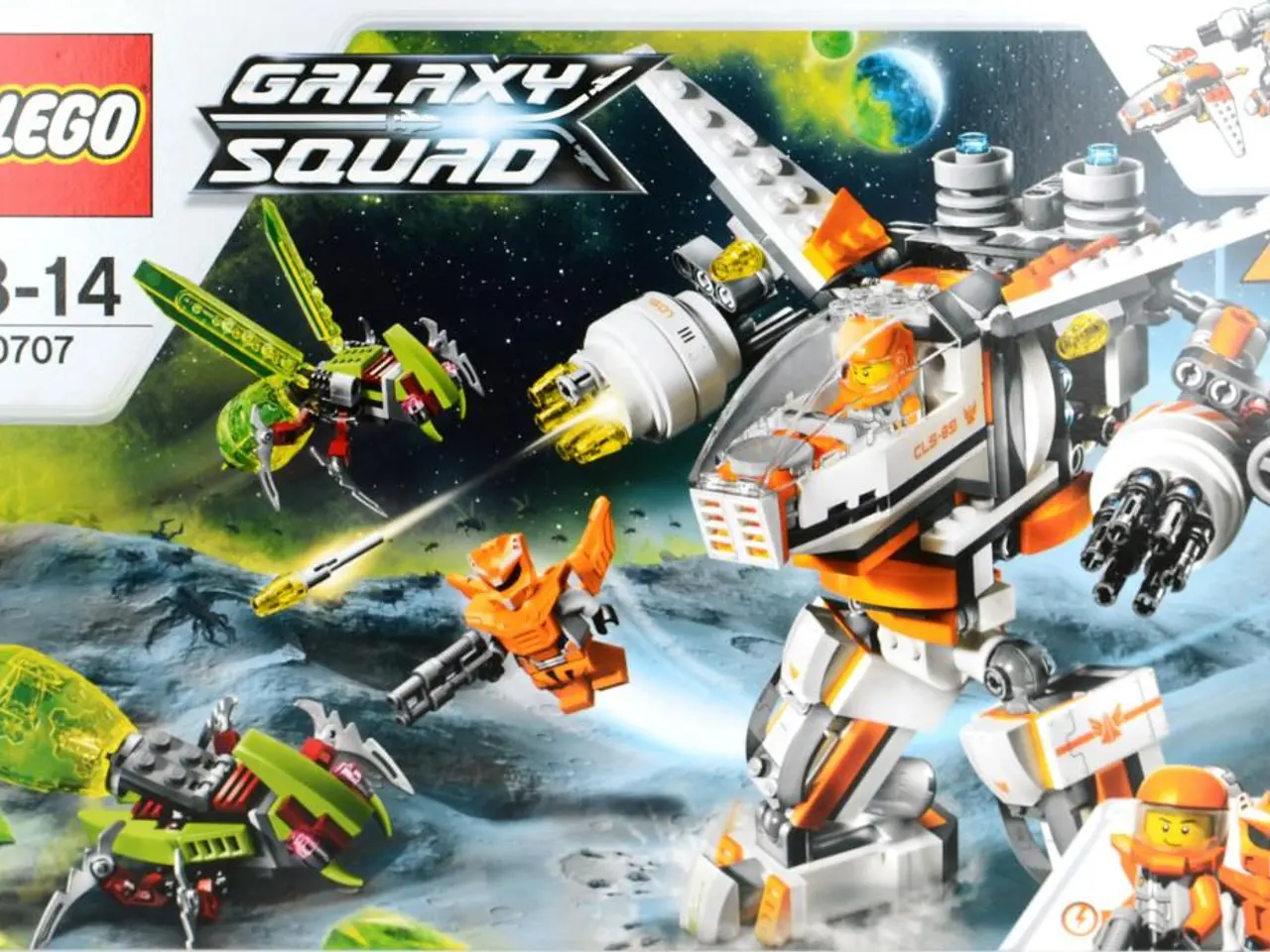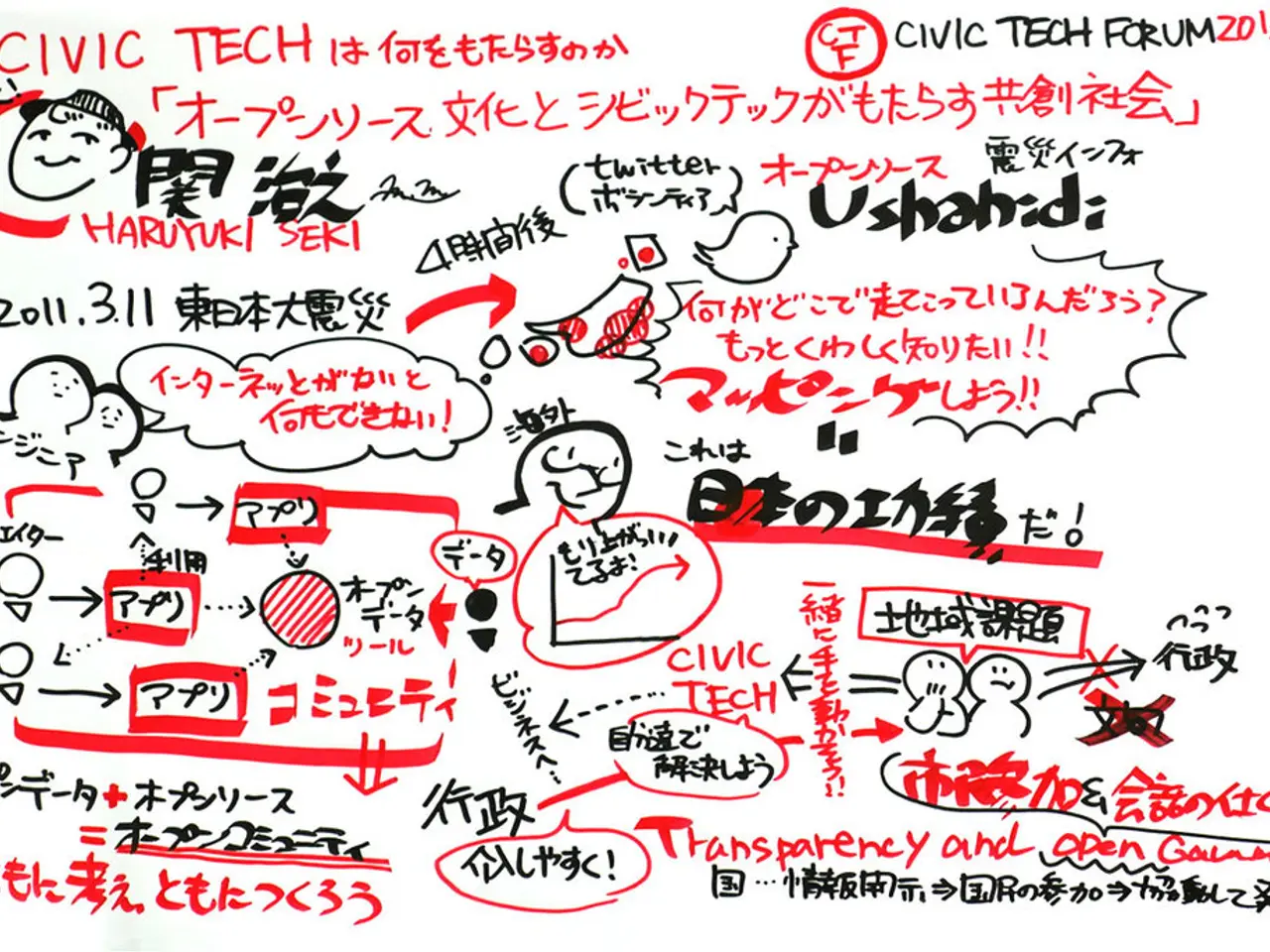Guideline for Mastering AI Frameworks in 2025: A Detailed Overview
In the rapidly evolving world of artificial intelligence (AI), a variety of frameworks and libraries have emerged as essential tools for building and deploying efficient AI models. This article offers an overview of some of the most popular AI frameworks and their key differences.
### TensorFlow Primarily used for deep learning models, TensorFlow excels in handling unstructured data such as images, audio, and text. Known for its high performance and scalability, TensorFlow is suitable for both research and production environments. While it offers both high and low-level APIs, its direct usage can be complex and less intuitive for beginners. TensorFlow benefits from a large and active community, supported by Google, which contributes to extensive documentation and resources.
### PyTorch PyTorch is popular for rapid prototyping and research in deep learning, particularly in NLP, computer vision, and reinforcement learning. It is ideal for projects requiring quick experimentation and fine-grained control. Offering high performance and speed, PyTorch is known for its ease of use and flexibility, making it a favorite among researchers for rapid development and debugging. PyTorch has strong community support, with many resources available for learning and troubleshooting, backed by Facebook's AI research lab.
### Keras Keras is a high-level neural networks API, capable of running on top of TensorFlow, PyTorch, or Theano. It is ideal for beginners due to its simplicity and ease of use, making it suitable for smaller projects or prototyping. Keras is generally slower than TensorFlow and PyTorch, which makes it less suitable for large-scale or high-performance applications.
### Hugging Face Transformers Hugging Face Transformers provides pre-trained models for NLP tasks such as text classification, translation, and question answering. It simplifies the use of complex models like BERT and RoBERTa. While not a framework for building models from scratch, Hugging Face Transformers leverage pre-trained models, which can be highly efficient for NLP tasks. Designed to simplify the use of complex NLP models, Hugging Face Transformers make it accessible to developers without extensive deep learning expertise.
### Scikit-learn Scikit-learn is focused on traditional machine learning tasks rather than deep learning. It is widely used for classification, regression, clustering, and more. While not as powerful as deep learning frameworks for complex tasks, Scikit-learn excels in traditional machine learning scenarios and is often used for smaller datasets. Known for its simplicity and ease of use, Scikit-learn is beginner-friendly and integrates well with other Python data science tools.
The following table summarizes the key differences between these frameworks:
| Framework/Library | Primary Use | Performance | Ease of Use | Community Support | |-------------------|-------------|-------------|-------------|--------------------| | **TensorFlow** | Deep Learning, Large-Scale | High | Complex | Large and Active | | **PyTorch** | Deep Learning, Rapid Prototyping | High | Easy | Strong Support | | **Keras** | High-Level Neural Networks | Slow | Very Easy | Supported by TensorFlow Community | | **Hugging Face Transformers** | NLP Tasks | Efficient | Easy | Strong NLP Community | | **Scikit-learn** | Traditional Machine Learning | Good for Small Datasets | Easy | Robust and Active |
This summary highlights that each tool has its specific strengths and is suited for different types of projects and users. With the right consideration of performance, scalability, ease of use, and community support, developers can choose the most suitable AI framework for their needs.
AI frameworks provide standardized libraries and tools, enhancing efficiency and reliability. They offer pre-built functions, established methods, and optimized machine learning algorithms to accelerate model training. AI frameworks normalize the development procedures for AI and machine learning, making it easier for developers to create and implement AI solutions.
From beginners to researchers, enterprise to traditional machine learning developers, AI frameworks cater to a wide range of users. AI frameworks like TensorFlow, PyTorch, and Hugging Face are specialized in broad areas such as computer vision, deep learning, research, and NLP & generative AI, while Keras is specialized in neural networks and simplicity.
Whether you're an enterprise aiming to streamline your AI projects or a researcher seeking rapid prototyping and debugging capabilities, the right AI framework can help you achieve your goals more efficiently.
- In the realm of AI, cloud-based web applications can leverage TensorFlow, a powerful framework primarily used for deep learning models, especially when dealing with unstructured data like images, audio, and text.
- For startups and developers focused on lifestyle technology and education-and-self-development, PyTorch offers a user-friendly experience for rapid prototyping and research in deep learning, particularly in NLP, computer vision, and reinforcement learning.
- Simplifying development within AR and mobile software, Keras is a high-level neural networks API that runs on top of TensorFlow, PyTorch, or Theano, making it ideal for beginners and smaller projects.
- In the realm of software design, Hugging Face Transformers can assist in simplifying complex NLP tasks for enterprises and startups, providing pre-trained models for text classification, translation, and question answering.
- As technology advances, Scikit-learn ensures efficiency in traditional machine learning tasks for enterprises, offering simplicity and ease of use in classification, regression, clustering, and more.
- Ultimately, the selection of an AI framework should consider factors such as performance, scalability, ease of use, and community support to meet the unique needs of different users and projects.




